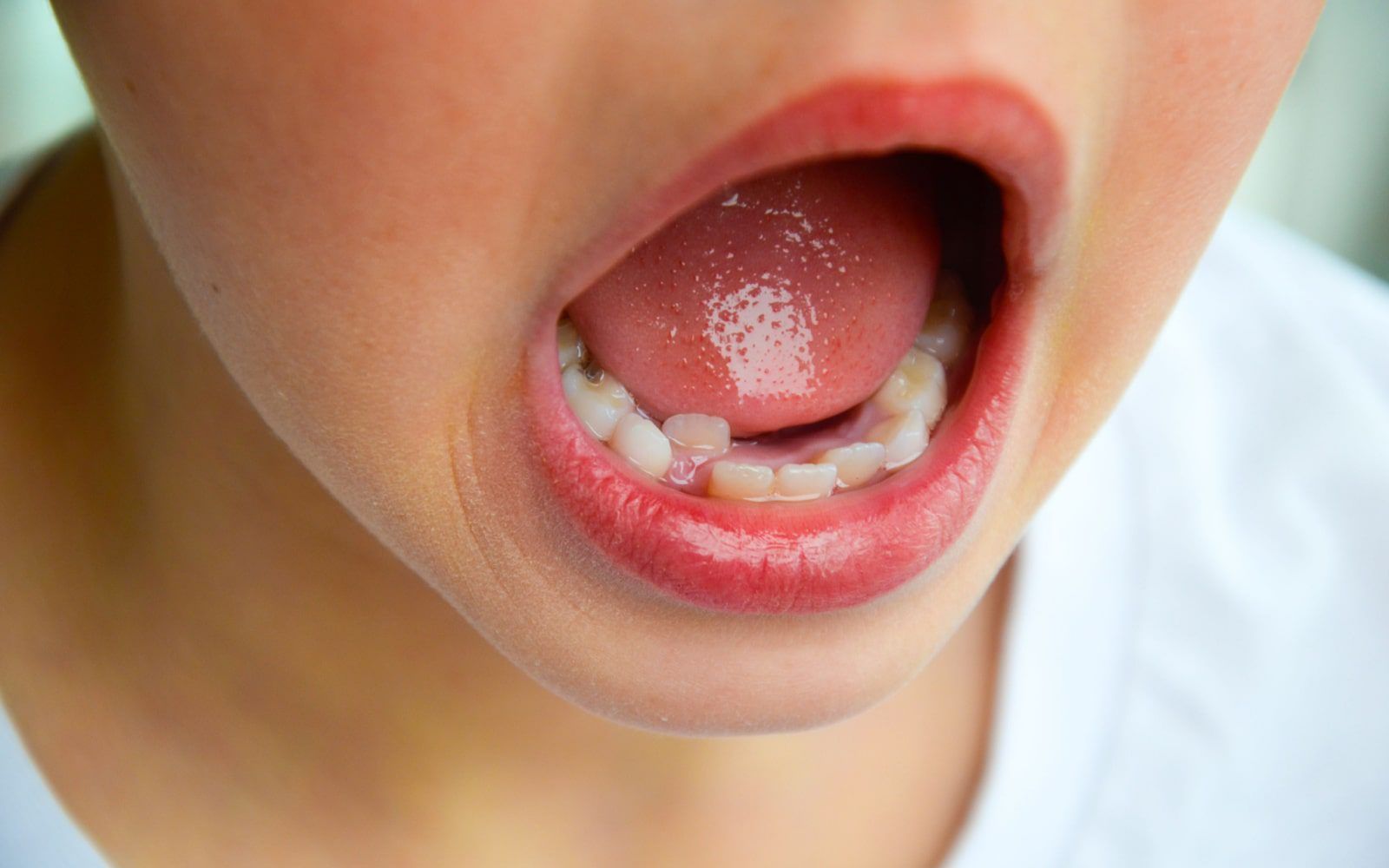What Are Temporary Anchorage Devices and How Do They Help Move Your Teeth?

Temporary Anchorage Devices (TADS) are titanium implants used during orthodontic care. They are similar in shape to screws and can remain in place for several months following implantation. The type of treatment being performed determines the length of time they remain in place. They aim to provide a fixed and stable point that your dentist can utilize in moving teeth during orthodontic care. They must ensure that the teeth move appropriately and only those that need to be moved during the treatment.
TAD’S Role in Smile Adjustment and Straightening
Orthodontic care is a complex set of procedures that requires the precise application of force to specific oral structures. Consistent pressure is used to ensure that your teeth move as desired. Further, it’s necessary to ensure that only specific teeth move while others remain in place. In most orthodontic treatments, teeth will be used as anchor points for moving other teeth. However, this is only sometimes possible or desirable. When this is the case, temporary anchorage devices may come into play. They’re an effective alternative to traditional anchorage techniques and are more flexible in their placement. The benefits of using temporary anchorage devices include the following:
- The ability to create an anchorage point where none exists
- Avoid using other teeth that may move in undesired ways
- Serve as extra security for teeth being used as anchorage points to ensure they don’t move
- Can prevent the need for cumbersome headgear during orthodontic care
TADS can eliminate the risk of teeth moving in unwanted ways. This kind of undesired movement can lead to significant complications in orthodontic care. Before the introduction of TADS, it was often necessary to use cumbersome headgear options when appropriate anchorages didn’t exist. These devices make it possible to prevent or limit the need for these external supports. They can also reduce the need for certain oral surgeries, elastics, and other treatment plans.
Receiving TADS is a reasonably straightforward process similar to receiving traditional dental implants. However, there are notable differences in the process. Unlike standard implants, TADS don’t need to undergo osseointegration. Osseointegration is the process by which permanent dental implants fuse with the jaw’s bone. For permanent implants, this process is necessary to provide a secure anchorage point for your implant dentures. TADs, however, are removed at the end of their usefulness.
The process is generally pain-free and begins with the application of an anesthetic to reduce any discomfort. While under anesthesia, you’ll only feel mild pressure at the treatment site. Care of TADS requires no additional effort on the part of the patient. Your dentist may provide a toothbrush with unique bristles and an antimicrobial solution to ensure they heal properly. You can use an over-the-counter pain reliever to address discomfort after the procedure.
Talk To Your Dentist About Temporary Anchorage Devices
If you have an upcoming orthodontic procedure and want to know if TADS may be appropriate for you, speak to your dental provider. They’ll go over the specifics of your treatment and let you know if TADS will be a valuable part of the process. Schedule your next visit today!

